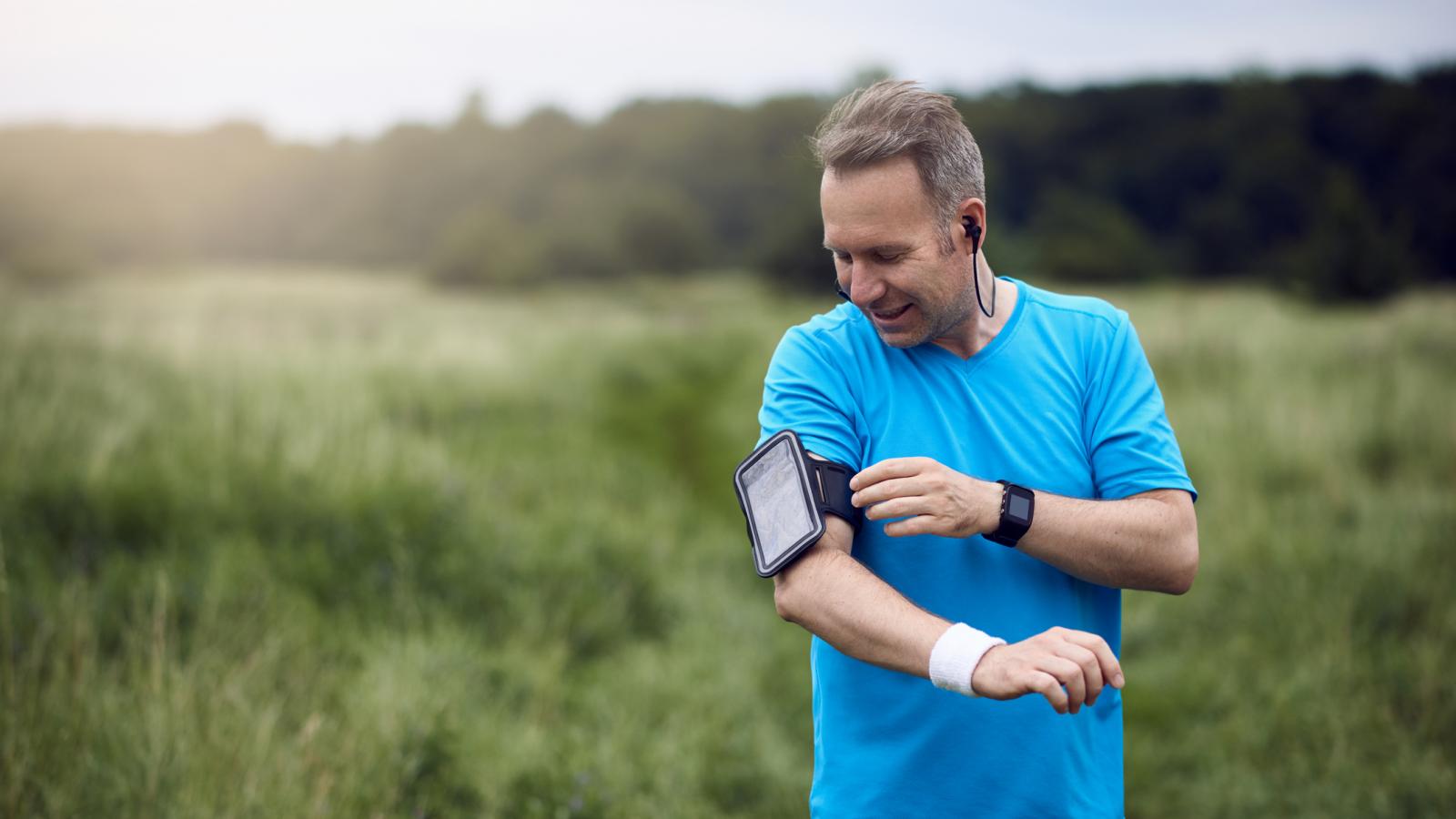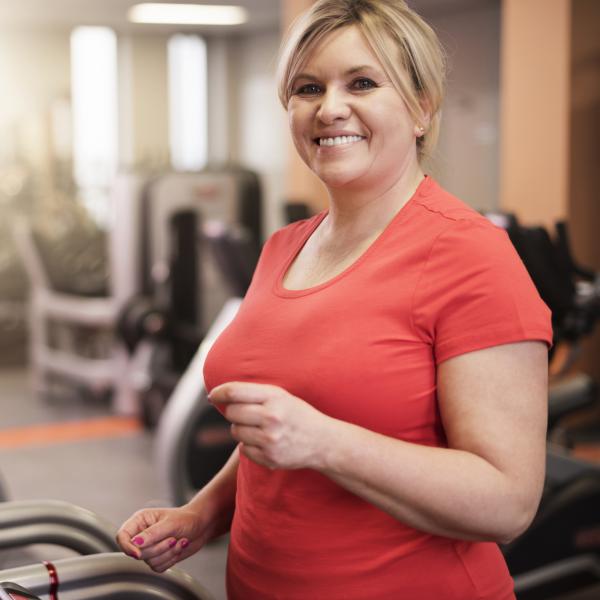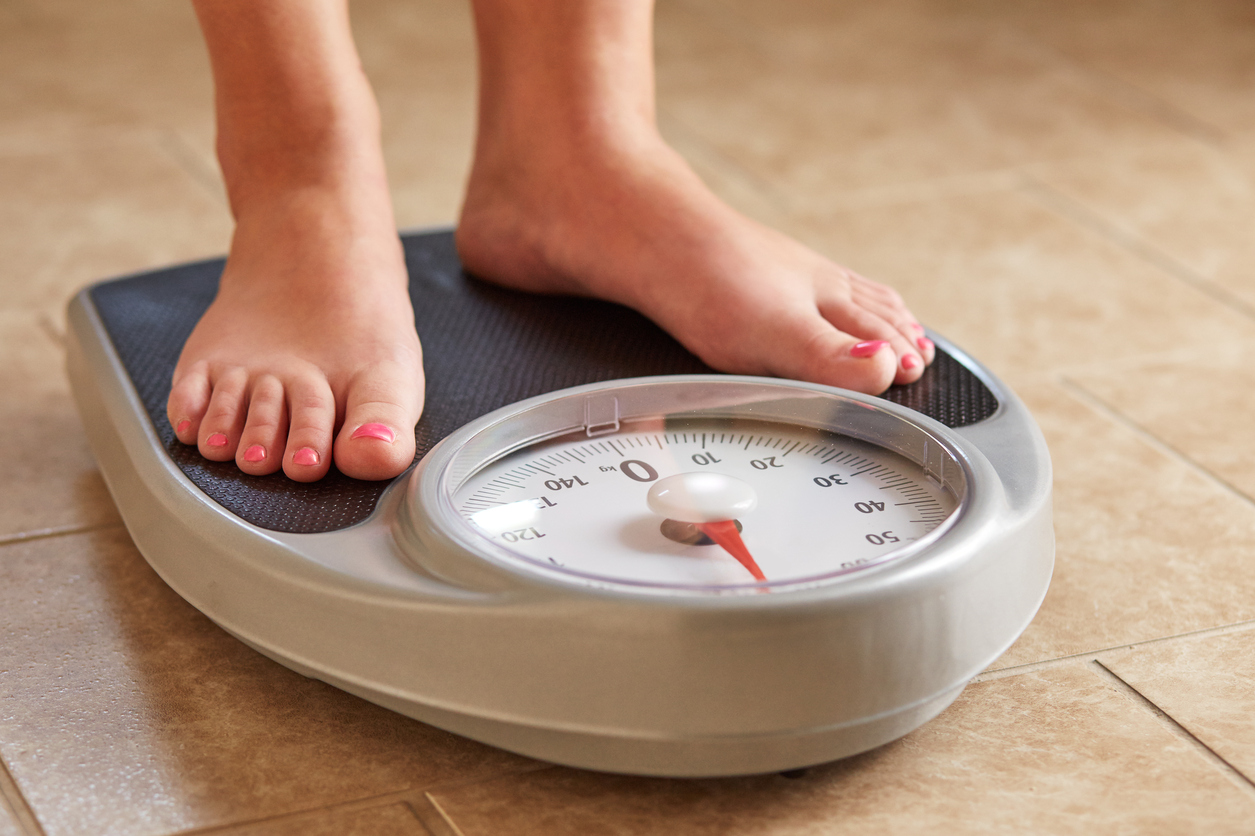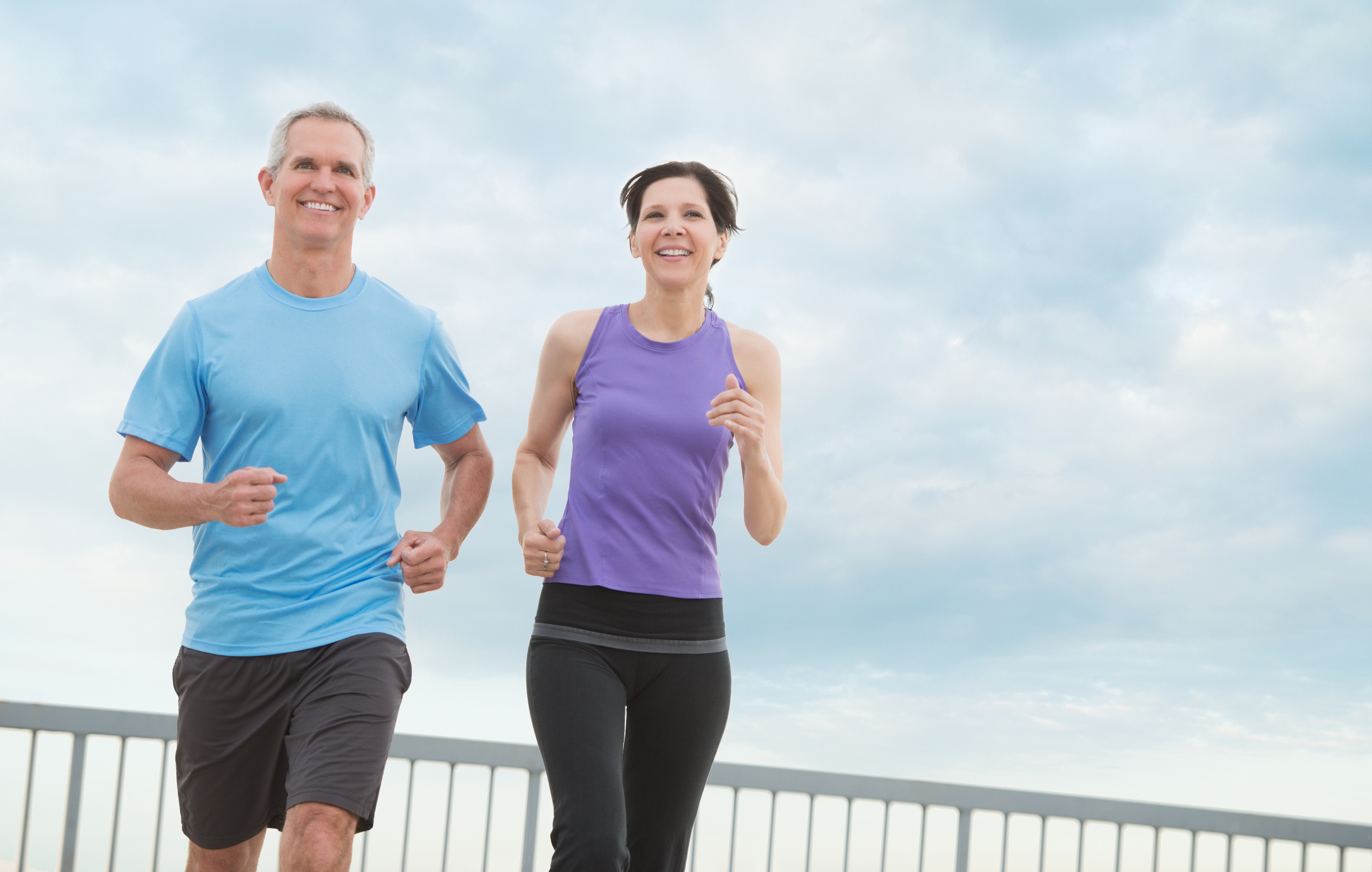Exercising after cancer treatment

Regular physical activity helps to protect against some types of cancer coming back and other types of cancer developing.
There are also many other benefits to being active:
- Physical activity helps to reduce the symptoms of fatigue, the side-effects of cancer treatments, and improves your overall wellbeing and heart health.
- Regular physical activity builds up your physical fitness level, improves your energy, strength, balance, stamina and co-ordination.
- Physical activity encourages your body to release endorphins. These are often called ‘feel-good hormones’. When released, they can lift your mood and sense of wellbeing.
Find out more about the link between physical activity and cancer.
Remember: A little exercise is better than none. Even a short walk is a good place to start!
Getting started after cancer treatment
When you have finished your treatment, your body does need time to recover. Introduce exercise to your daily routine and increase your activity over time. If you're unsure about whether you're well enough to exercise or if it will interfere with your recovery, talk to your doctor first.
Start gradually if you have not been taking regular exercise before your cancer diagnosis. Regular exercise usually means 30 minutes of moderate activity at least 3–5 times a week. At this level, your heart rate will increase but you can still talk. You can build up to this gradually and also break up the 30 minutes into three 10-minute sessions.
Doing an activity such as swimming, gardening or cycling for a few minutes every day can help. Recording your achievements in a diary every day can also help you to check your progress. Overall, make sure the exercises are safe, work well and are enjoyable.

How much exercise should I do to help reduce the risk of my cancer coming back?
Studies have shown that exercising at a moderate intensity for 2-3 hours a week can help reduce your risk of a bowel or breast cancer recurrence.
Moderate exercise is when you are doing an activity that increases your breathing and heart rate and you become warm or sweating slightly.
You are exercising at a comfortable pace and are still able to hold a conversation.
Tips for getting fit
Walking is a super way to get fit for free and it is also a great way to boost your mood. The faster, farther and more frequently you walk, the greater the benefits.
Set yourself some achievable goals, and try to increase the distance you walk every day or every week, while pacing yourself and listening to how your body feels. Your muscles will tell you when you need to ease back or rest.
Plan your routes ahead and discover new sights or parks in your area. The website www.irishtrails.ie has details of walking and hiking trails in every county in Ireland and the website www.getirelandwalking.ie gives information on walking groups in your area.
To get the most out of your walk, make sure that your posture is correct
- Keep your head up and look forward.
- Relax your shoulders and neck.
- Pull in your tummy muscles and keep your back straight.
- Walk smoothly, rolling your foot from heel to toe.
- Swing your arms freely with a slight bend in your elbows.
- And don’t forget to begin each walk slowly and gradually increase your pace. Towards the end of your walk, gradually slow down your pace to cool down.
Tips to be more active every day
- Do some gardening.
- Do some simple stretching exercises while watching television.
- Take the stairs instead of the lift or escalator.
- Do vigorous housework such as vacuuming or mowing the lawn.
- Get off the bus or train one stop earlier or park further away from your destination and walk the rest of the way.
- Take your children or grandchildren to the park or kick a ball around the garden.
- Take a dance class.
- The website www.getirelandactive.ie has tips for people of all ages who want to be more active. It also has a list of popular exercise apps which you can try if you have a smart phone, many of which are free.
Tips for exercising safely after cancer treatment
- Exercise on a flat surface and avoid exercises that might increase your risk of falling or injuring yourself.
- Make sure you drink enough water during and after exercise to prevent dehydration.
- Wear well-fitting, supportive shoes like laced, flat shoes or trainers.
- Consider using the gym. If you are just starting to exercise regularly you may feel more comfortable during off-peak times, when the gym is quieter.
- If you had radiotherapy and had a skin reaction, avoid swimming pools until after your skin has healed. The chemicals in the water may cause an irritation.
- If you get chest pain, dizziness, nausea, difficulty breathing or a racing heart, do stop the exercise and tell your doctor.
- Do not exercise if you feel unwell, are breathless, in pain, or have any symptom that worries you. Discuss it with your doctor.
- Avoid high-impact exercises or contact activities if you have bone cancer or osteoporosis (bone-thinning).
Physical activity programmes after cancer treatment
You might be able to take part in a supervised, group physical activity programme. Experienced fitness trainers run these groups over a number of weeks.
The programmes can be a good source of support from other people who have had cancer as well as being sociable. It can be fun to exercise with other people and being in a structured group can keep you motivated.
Before you start, your trainer will explain the benefits and risks of increasing your physical activity. After that, you may be asked to give your written consent.
The fitness trainer will match the types of exercises to your individual needs, bearing in mind your current fitness level. He or she will then support you throughout the programme.
Some local cancer support centres run physical activity programmes, including a 15-week fitness programme called Strides for Life, which is supported by the Irish Cancer Society.
Get involved in Strides for Life
Strides for Life brings a participant through a structured walking programme gradually increasing fitness and training over its course. The programme aims to bring the individual to a level of fitness where they can help reduce their risk of a recurrence and improve their health and quality of life. It is individualised for each participant’s fitness level and their own personal schedule gradually increasing the workload every week over the 15 weeks. Strides for Life is based on The Murphy Cardiovascular (METs) Programme ©Marie Murphy 2012.
Call or visit your local cancer support centre to see if any fitness programmes are running in your area.

Some sports centres may also run specially supervised physical activity programmes for people who have had cancer. To take part you will need to be referred by your medical team and you may have an assessment first.
Ask your medical team for advice about specialist exercise programmes in your area.
For more information
Phone
1800 200 700



